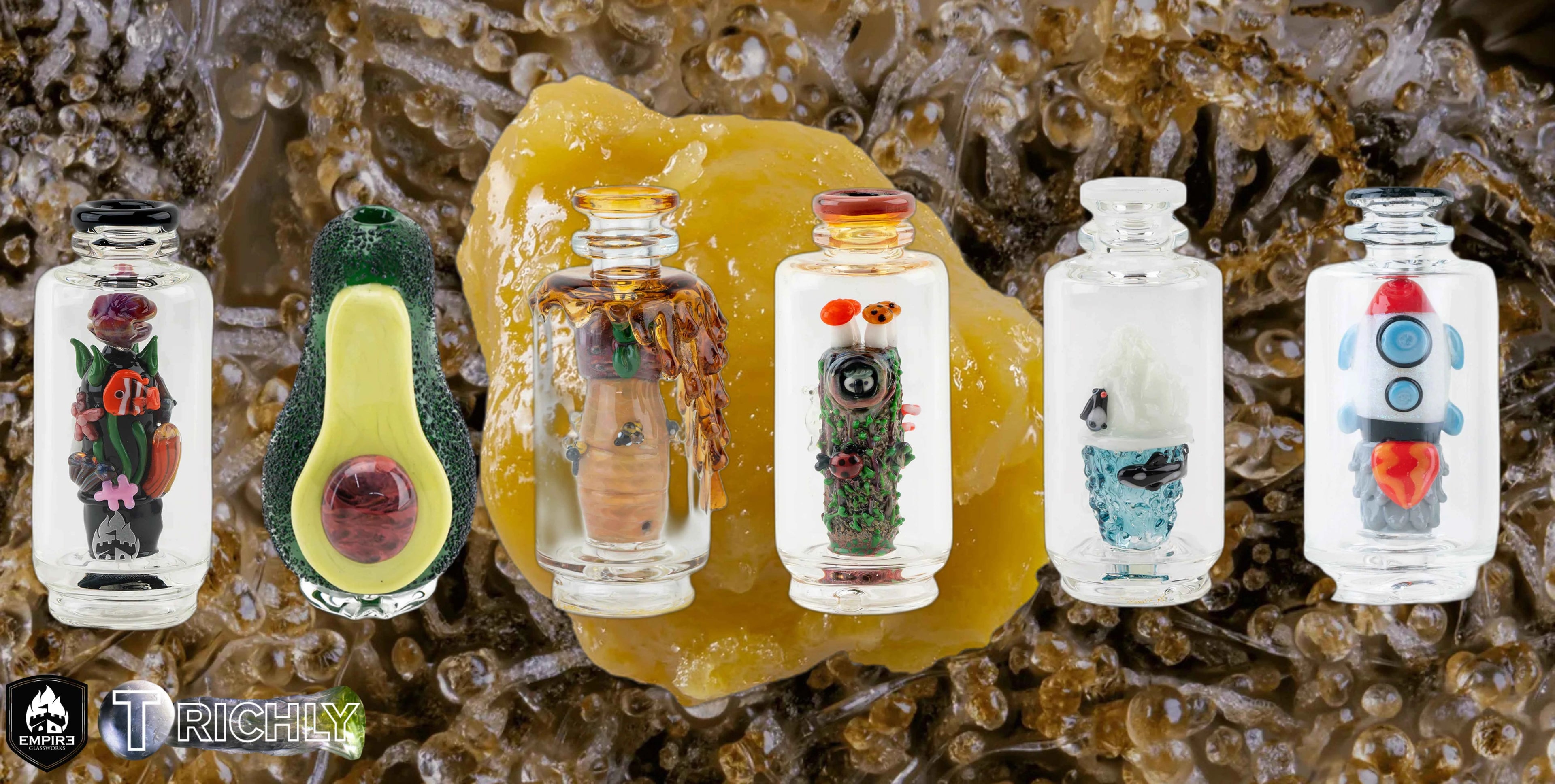When you look at a COA (Certificate of Analysis), you’ll often see entries like “<LOQ” or “ND.” But what does that actually mean—and why does it matter for cannabis concentrates?
This guide breaks down how to read LOQ values, what trace chemicals you should watch for, and how small amounts of contaminants can still impact health and product quality.
What Does LOQ Mean?
LOQ stands for Limit of Quantitation. It’s the smallest amount of a substance a lab can reliably detect and report with accuracy.
If something is listed as “<LOQ” or “ND” (Not Detected), it doesn’t always mean the compound is completely absent—just that it’s below the lab’s measurable threshold.
Common LOQ Categories on a COA
Here are the most common categories where LOQ shows up and why they matter:
1. Residual Solvents
What It Is: Chemical traces left over from extraction (like butane, propane, ethanol). Even “solventless” concentrates are sometimes tested to confirm they’re clean.
Why It Matters: Chronic exposure to solvents can affect the liver, lungs, or nervous system. Some can be harmful even in trace amounts.
2. Pesticides
What It Is: Agricultural sprays used to fight pests or mold. Many are banned or heavily regulated in cannabis cultivation.
Why It Matters: Some pesticides disrupt hormones or damage organs over time, even at low levels. High-quality cannabis should always test clean.
3. Heavy Metals
What It Is: Lead, arsenic, cadmium, and mercury can leach from soil, water, or growing equipment.
Why It Matters: These metals accumulate in the body and can affect brain, kidney, or reproductive health—even in tiny doses.
4. Microbial Contaminants
What It Is: Mold, bacteria, and yeast that can grow during drying or storage (e.g. Aspergillus, E. coli, Salmonella).
Why It Matters: Inhaling microbes or spores can trigger serious reactions, especially for immunocompromised users.
5. Mycotoxins
What It Is: Toxic byproducts from mold and fungi. These are often tested in parts per billion (ppb).
Why It Matters: Even tiny amounts can be carcinogenic or damage the liver and immune system.
Why Sub-LOQ Still Matters
Even if a report shows “<LOQ,” here’s why you should still care:
- Cumulative Exposure: Small amounts across multiple products add up.
- Inhalation Sensitivity: Inhaling trace chemicals is different (and riskier) than ingesting them.
- Vulnerable Users: Immunocompromised, pregnant, or sensitive individuals may react to low levels.
- False Confidence: A clean result without listed LOQs doesn’t mean it's contaminant-free—just that it's not measurable by that lab.
How to Read LOQ on a Lab Report
Look for these clues on a COA:
- LOQ Value: e.g. “LOQ: 0.01 ppm” means the lab can detect down to 0.01 parts per million.
- <LOQ or ND: Means the result is below that threshold—not necessarily zero.
- Pass/Fail: If it passes, the levels are below legal or safe limits. Still check how detailed the report is.
Red Flags to Watch For
- No LOQ values listed at all.
- Only potency tested (no safety panel).
- Outdated reports or no batch numbers.
- Labs without ISO/IEC 17025 accreditation.
The Trichly Standard
At Trichly, we’re not here to sell you products — we’re here to help you understand what you’re consuming.
We break down the science, decode the jargon, and provide clear, honest information so you can navigate the cannabis space with confidence. When it comes to lab reports and LOQ, we believe knowledge is power. That’s why we advocate for transparency, full-panel testing, and better consumer awareness across the industry.
The Trichly Standard means no guesswork, no blind trust — just real education for smarter, safer choices.
Bottom Line
“<LOQ” doesn’t mean nothing is there—it just means it's too small for that lab to reliably measure. But when it comes to your health, even tiny amounts can matter. Understanding LOQ helps you read beyond the label and make safer, smarter cannabis choices.
Look for full-panel COAs with clear LOQs. Accept nothing less.


0 comments